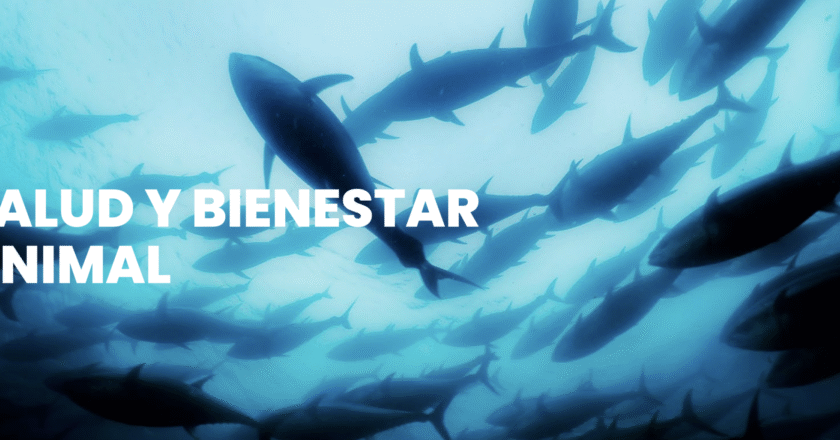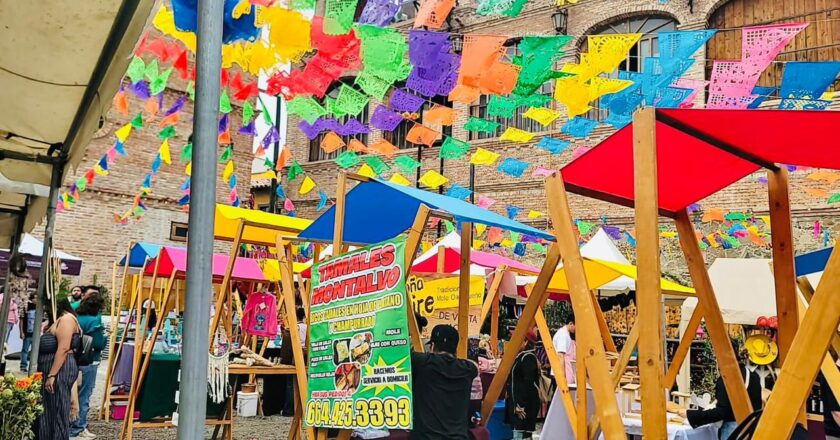June fog was just burning off the coast when I pulled into Tempest Traders just south of Rosarito. I’ve long been wanting to write about this family’s story as they are building a life off the grid. This idea has become a popular topic of late. Of course, here in Baja there are many original families who have been living for decades in the wilderness on ranchos with no conveniences. I’m thinking as I get out of the car that a lack of conveniences is not what you would call an American dream. In this age of instant living everything is within a touch of the finger tips. What would inspire a family to make this kind of move? Drew, Annel and Sasha Mattews greeted me with warm hugs and we took seats in the shade.
Drew started with, “We had no idea of moving to Baja, let alone living off grid. But something happened in 2016 and we just knew that we were going to make a move. Our dream had started out wanting to travel.” But on one of their visits to Annel’s parent’s home in Rosarito they were bitten by the Baja Bug. Sometimes it takes a while to realize it. They were doing quite well in North County San Diego. Annel and Drew’s Kitchen was a very popular place at the weekend Farmers Market. Drew had graduated from a culinary school in upstate New York and it aligned perfectly with Annel’s background as she came from the family’s restaurant business. Coming together they created a fresh farm to table menu, as well as a very successful catering business for outdoor events. Annel added about the leaving, “It was the toughest decision we ever made as a family. Drew quipped, “Friends and family were really concerned about our mental health.”

It became clear they wanted a home outside of Rosarito. With no effort they found just the place in La Misión. It was perfect for continuing their culinary best. The couple created home delivery service to the communities. Later they opened a retreat center following the shamanic practice of the sweat lodge and the lovely Cacao ceremony. (link here). While inviting people into their retreat center a new dream arose to own land. Twelve acres in the pristine hills and a 1960 vintage travel trailer became their getaway place. Drew joked, “A tiny space and big land.” When they lost the lease on their home it forced them into looking at the idea of living permanently off the beaten path. Often times committing to one’s long held dreams comes with a period of sacrifice.
I asked, “What are the first most important things you had to focus on?” Drew nodded, “Water, power, and where the waste goes.” This is rarely considered when purchasing a home in an urban setting. We tend to take for granted that these very important things are provided. Annel giggles about the waste, “No one is interested in knowing where “it” goes.” We all laughed, and a lusty riff began amongst us adding jokes to where “it” went and what to do with “it.” Yep, living off the grid means you have to be responsible for “it.”
The first need is water. Drew explained, “The camper has a water pump, shower and a hot water heater for a little comfort.” Water, the most important element in life is answered by the water trucks. Their water is hauled from a local well and fills the large storage tanks. Kumiai neighbors came to locate well sites on their property. Using willow branches for dousing they found several well drilling opportunities. Very good luck.
Editor’s Note: Martina is a freelance journalist and storyteller. She has been gathering stories of Baja California for nearly 40 years and has written many of them in her book, Dust in My Sandals, Tales from a Baja Traveler. See our ad and order now!





















